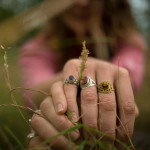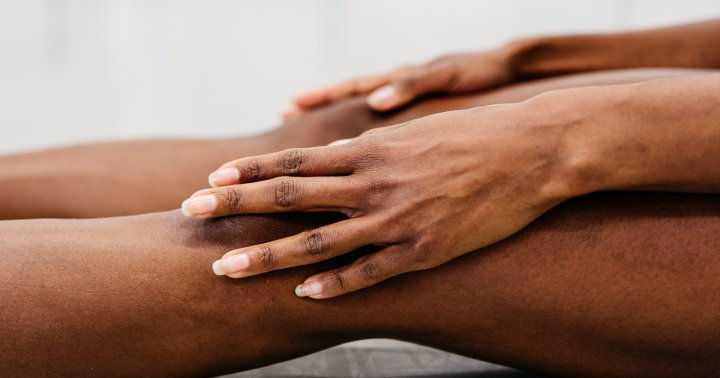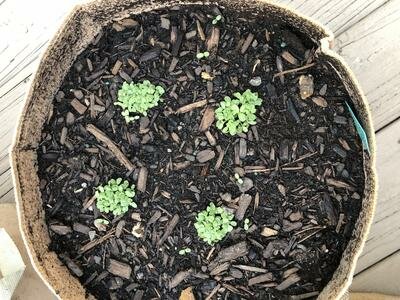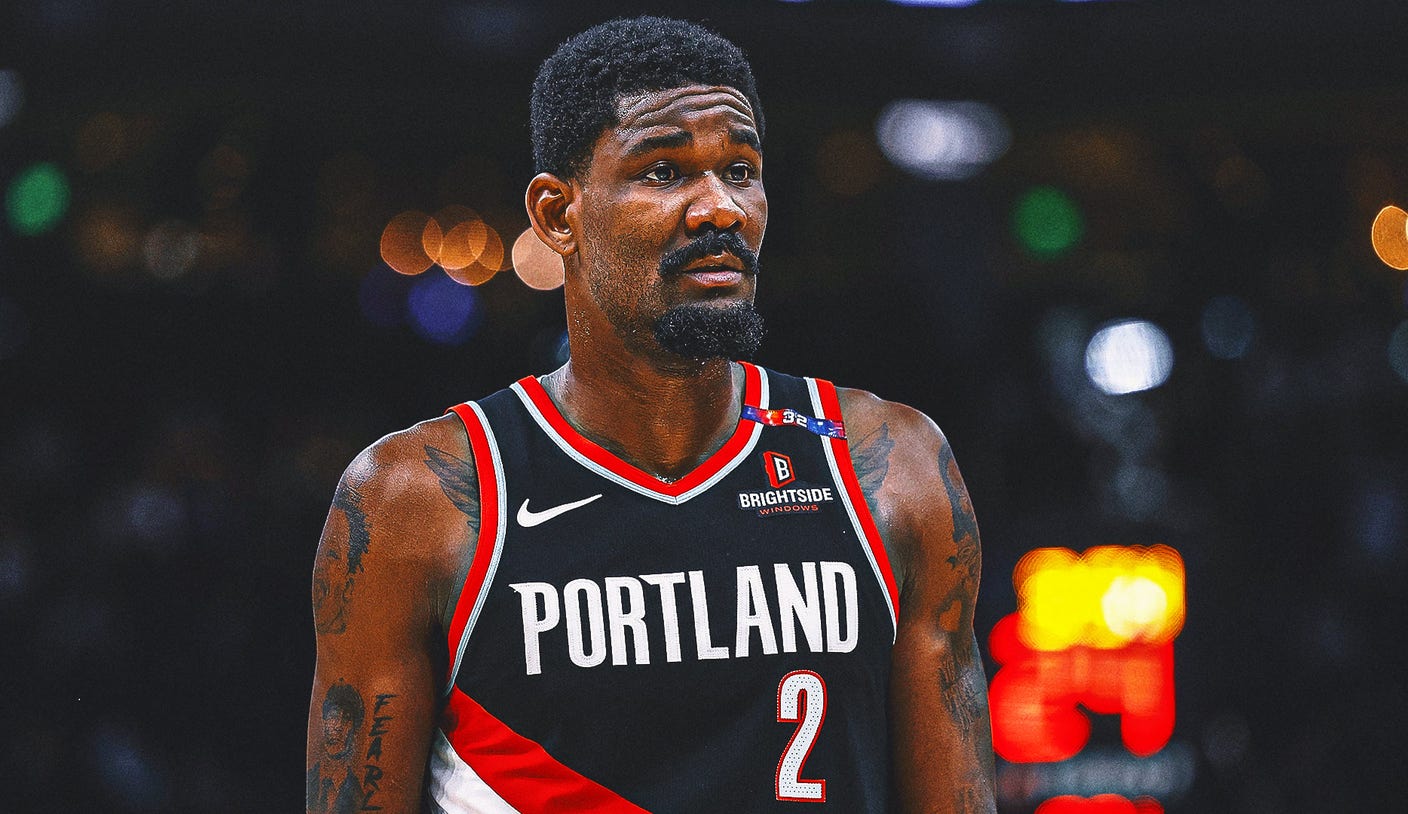The challenges of Yoga and pain management.
More questions than answers on how we view and work with pain in yoga By Veronica King A recent post about a pain relief ad in a pharmacy sparked a lively discussion around yoga and pain, one which I...

More questions than answers on how we view and work with pain in yoga
 Hands holding the word pain
Hands holding the word painBy Veronica King
A recent post about a pain relief ad in a pharmacy sparked a lively discussion around yoga and pain, one which I was interested in exploring further. It seems to have created more questions than answers. A topic dear to my heart as I tore my hip labrum in a yoga class, this injury and the subsequent pain management was to become my greatest teacher. Many teachers and students have been injured in yoga, many practitioners live with chronic pain, so let’s look at it bravely and with respect.
“Brutal, inner honesty… The three scariest words on the planet, and yet, at the same time, the very KEY that unlocks all the doors”. Ken Dahl
Why we go to yoga
“I have chronic back pain and sciatica, I go to yoga for my mental health and for improving my range of movement but after every class I’m always sore”, reminding us that asana is not the primary reason many people choose yoga.
Is it time to consider how we deliver the rest of yoga without pain? What would that look like? In this case is the gain worth the pain? Whilst only the practitioner can answer that, are we as a teaching community offering enough accessible classes? If we advertise “yoga is for everyone” then we have a duty to deliver it in a way that it is indeed for everyone, not just fit and healthy people.
Offering Gentle Yoga once a week was my way of saying “come to yoga, do as much or as little as you can”. Admittedly it was never the busiest class on the studio timetable, but those who came were so grateful to have a class where they were in charge of the intensity and at any time they could choose to rest or use a chair. I was able to focus on yoga philosophy, pranayama and meditation in these classes more so than in the active yoga classes.
Accountability and responsibility. Who is in charge of Ahimsa?
We are rightly told “listen to your body”, but what happens when pain exists even when we stop, listen and modify? How do we navigate this in class? As a student have you felt that you can approach your teacher to ask about this? As a teacher are you aware of which students are managing chronic pain? Do you establish a protocol at the start of class that creates a culture of asking for support, and modifying when appropriate?
There are old stories of teachers being “angry with students” for not doing what the teacher is telling them to do. Hopefully we have moved from this dogmatic approach, if you think this is part of your place of practice I would question it, or even better look for a teacher that supports, encourages and teaches with lots of modifications.
“If you need pain relievers after practicing asana, you aren’t practicing yoga” whilst I appreciate the essence of the sentiment, many times we don’t know what is going to hurt us until after the fact. Do you really know how many uttansana is one too many, the one that makes your back twinge? How many hanuman will destabilise your sacrum or over stretch your hamstrings? How many chaturangas do you need to do to strain your wrists?
It’s always a dynamic tension between finding our edge, transcending limitations and covering new territory in asana.
Left to my own devices I would never have done any of the poses I found hard and would never have progressed in my practice! Having said that, progress in poses is not part of my practice anymore but it very much was for 15 years. Does this mean I was not doing yoga? I often would hurt after practicing to this intensity.
“Yoga is the pain relief” sometimes, and sometimes no yoga is the pain relief. Practicing during times of inflammation or an acute stage of injury will not bring healing, it will only cause further stress (speaking from experience). What happens when we don’t feel relief from our symptoms after yoga, are we inherently “bad at yoga”? Are we shaming people when yoga doesn’t work out for them? Here we can practice Ahimsa by keeping an open mind around the question “is yoga for everyone”? What does that look like? Is it up to the yoga practitioner to “self manage”, are they sufficiently experienced to do this?
What is Yoga and what is the scope of practice?
This has been revolving in my brain since the very first teacher training I went to, began with “what is Yoga?”. Twenty plus people in the room came up with a different explanation. What makes yoga – yoga?
Scope of practice and integrity is so important, never be shy about asking your teacher about their qualifications and experience, a good question to ask is “have you worked with students that have XYZ condition before?”
There is a huge amount of value of working 1-1 with your teacher, sometimes you only need one session to work out a baseline and best suited practice to figure out exactly what common modifications they need, then they are empowered to join the class.
Further to that it is good teaching practice to be comfortable referring onwards to a more experienced yoga therapist or a suitable allied health professional when we don’t know how to best serve our student. Your student will thank you for this.
Role of class labels and levels.
One of the biggest reasons for pain and injury in yoga is the dreaded “all levels drop-in yoga class”. This presents an impossible situation for the teacher, how do you manage a class where someone has done 5 minutes of yoga and the person next to them has done 15 years? Can you in a 60 min class truthfully say you can meet everyone’s needs and keep them all safe? This is controversial territory. We should not be afraid to talk about this. Yes, this will impact your class numbers, but there are more important considerations.
Pain is a universal human experience so it’s important to explore how we work with it in our yoga practice, as both teachers and students. May we all continue to be open to difficult conversations in our practice and teaching. Yoga is incredibly healing, we just need to find the right approach and the right practice. May we be willing to embrace the challenge of befriending and understanding the pain that comes with being human.
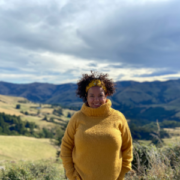 Veronica King is the editor of The Yoga Lunchbox and Project Manager for Yoga NZ. A longtime yoga teacher, ex studio owner and founder of The Yoga Nidra Project, an online recorded library.
Veronica King is the editor of The Yoga Lunchbox and Project Manager for Yoga NZ. A longtime yoga teacher, ex studio owner and founder of The Yoga Nidra Project, an online recorded library.
Similar Articles You May Enjoy
Yoga trippy – an Indian viewpoint of Western Yoga
an essay by guest author Ali Halle Tilley Yoga is an ancient practice, which can bring transformation and liberation to the disillusioned, disenfranchised masses[1] of the Technological Age by combining universal moral codes and postural sequences, with breathing and meditation techniques. One main challenge for yoga practiced in the West,…
Teaching Yoga? You Must have a Home Yoga Practice. Here's why
by Kara-Leah Grant Recently on social media, a yoga teacher was talking about the difficulty of fitting in going to yoga classes with her busy schedule, and admitted that her home yoga practice was poor. This teacher displayed zero awareness of the importance of a personal practice for anyone who teaches yoga.…
by Guest Author Swami Nishchalananda, who established Mandala Yoga Ashram in 1986. As students and practitioners of Yoga we are all well aware of the benefits Yoga can have on all levels of our being. Teaching Yoga can be a way of passing on to others what we have received.…
A Review of Pathways To A Centered Body by Donna Farhi and Leila Stuart
by Neal Ghoshal, Sacred Moves In a nutshell: an exceptionally clear and extremely practical guide to core integration, stability and support I first came across Donna Farhi’s books back in 2004 and was immediately hooked by her accessible, relevant and inspiring writing and teachings. Since then Donna has become my primary…
A Beginner’s Guide to Yoga: Your First Yoga Class
Entering a yoga studio, or a yoga class for the very first time can be an intimidating experience. Everybody else looks so confident and relaxed and sure of themselves. They're all stronger and fitter and leaner and bendy as all hell. But every single person in that room was once…
By Cara Butler, An interview with Karla Brodie Karla is a teacher worth getting to know. Talking with Karla gives you the sense that she deeply considers her thoughts, her words, her decisions and actions. An example of how to really 'live' yoga in the everyday world. This capacity she…

 Kass
Kass 